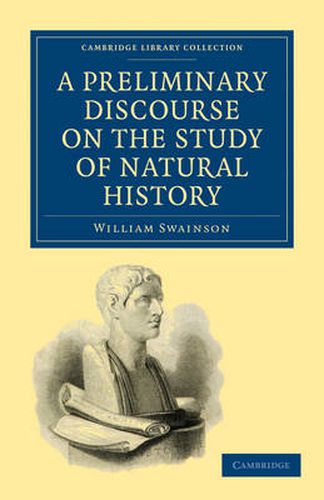Readings Newsletter
Become a Readings Member to make your shopping experience even easier.
Sign in or sign up for free!
You’re not far away from qualifying for FREE standard shipping within Australia
You’ve qualified for FREE standard shipping within Australia
The cart is loading…






William Swainson F. R. S., was recognised principally as a zoologist, an ornithologist and a skilled and prolific illustrator. He also had a tremendous enthusiasm for seeking and identifying new species. In this 1834 volume however, Swainson addressed the nature of, foundations for and successful pursuit of zoology. It argues firmly for the key importance of taxonomy. Swainson was an ardent advocate of MacLeay’s now entirely outmoded ‘quinary’ system of classification - even then a distinctly minority view. This sought affinities, patterns and analogies among organisms, in order to discern God’s order. More than a mere curiosity, such work was of pivotal concern to enterprising naturalists of the 1820s and 1830s - including the young Charles Darwin. It also reached Robert Chambers, whose 1844 Vestiges of the Natural History of Creation was an important landmark in the development of the theory of evolution.
$9.00 standard shipping within Australia
FREE standard shipping within Australia for orders over $100.00
Express & International shipping calculated at checkout
William Swainson F. R. S., was recognised principally as a zoologist, an ornithologist and a skilled and prolific illustrator. He also had a tremendous enthusiasm for seeking and identifying new species. In this 1834 volume however, Swainson addressed the nature of, foundations for and successful pursuit of zoology. It argues firmly for the key importance of taxonomy. Swainson was an ardent advocate of MacLeay’s now entirely outmoded ‘quinary’ system of classification - even then a distinctly minority view. This sought affinities, patterns and analogies among organisms, in order to discern God’s order. More than a mere curiosity, such work was of pivotal concern to enterprising naturalists of the 1820s and 1830s - including the young Charles Darwin. It also reached Robert Chambers, whose 1844 Vestiges of the Natural History of Creation was an important landmark in the development of the theory of evolution.